Director’s Message
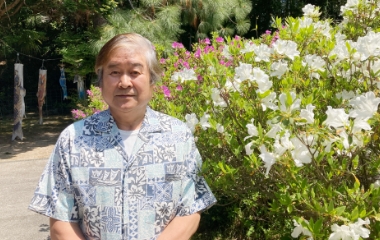
The Japan-Hawaii Immigrant Museum opened on February 8, 1999, with the aim of passing on the history of immigration from Suo Oshima to Hawaii to future generations. The depth of the ties between Suo Oshima Town and Hawaii is also evident in the Japan Hawaii Museum, which contains many valuable materials that provide information on the history of immigration and current exchange with Hawaii.
It is said that more than 5,000 people from Suo Oshima came to Hawaii, and their grandchildren are the fourth, fifth, and sixth generations. In recent years, an increasing number of people from Hawaii have been visiting the museum to look for their roots, and the museum is playing an important role as a platform for exchange between Japan and Hawaii. The museum is also used as a place for study and research, as learning about the history of Hawaiian immigrants provides an opportunity to reacquaint oneself with the history and culture of one’s homeland.
Even for those who have never heard of Hawaiian immigrants, learning about the history of immigration and feeling the deep connection with Hawaii will make them feel closer to Suo Oshima and make their trip to Hawaii more meaningful.
All of us at the museum will continue to work hard to enrich the collection, make the exhibits more attractive, and provide a place for further exchange between Japan and Hawaii.
Director, Japan Hawaii Immigration Museum
Kimoto Makoto
Relationship between Suo-Oshima and Hawai’i
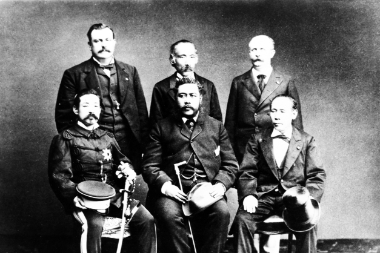
The connection between Suo Oshima and Hawaii goes back to the Meiji era. During the period of “official immigration” (1885-1894), which began as a result of an agreement between the Kingdom of Hawaii and the Meiji government, Suo-Oshima sent 3,913 people to Hawaii, which accounted for about 13.5% of the total 29,000 people sent from all over Japan.
The culture of migrant workers that had originally taken root on the island, natural disasters, and the social conditions of the time combined to bring many people from Suo Oshima to Hawaii. In Hawaii, many people were engaged in plantation work such as sugar cane, and when their contracts ended, some returned to the islands, while others stayed to build their lives. The migrants who came to Hawaii sent money to their families and donated to shrines and schools in their hometowns.
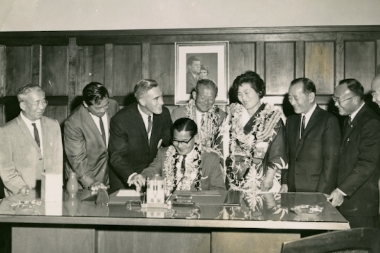
After Hawaii was annexed by the U.S., many people from Suo Oshima went to Hawaii, and many Suo Oshima people were active in Hawaiian society. After the war, many donations and goods were brought from Hawaii to Suo-Oshima.
With this historical background, a sister island relationship between Suo-oshima and Kauai was established in 1963, and the Japan-Hawaii Immigration Museum was opened in 1999 to preserve the history of immigration for future generations. In 1999, the Japan-Hawaii Immigrant Museum was opened in order to pass on the history of immigrants to future generations. In recent years, more and more people from Hawaii have been visiting Suo-Oshima to look for their roots, and the connection between Suo-Oshima and Hawaii, which began in 1885, continues to this day.
About our Museum and Resources
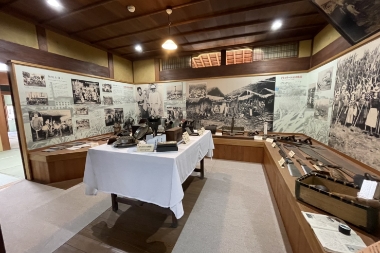
To commemorate the deep connection between Suo Oshima and Hawaii, the Japan Hawaii Immigrant Museum was opened in 1999 after four years of collecting materials. The building of the Japan Hawaii Immigrant Museum is a reproduction of the former Fukumoto residence built by the late Chouemon Fukumoto. After returning to Suo Oshima in 1924, he built the Fukumoto residence, which is now the Japan Hawaii Immigrant Museum, in 1928.
It is said that the construction cost about 30,000 yen at that time (estimated to be over 300 million yen in today’s money). In addition to the splendor of the architecture, the blend of Japanese and Western styles is very interesting as something that was built by a traveler after returning to Japan.
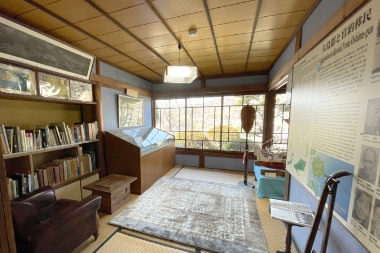
Many of the materials displayed in the Immigration Museum were donated by townspeople and their families who had returned from Hawaii. The museum also has historical materials, old documents, and a data search corner for information on the history of immigration to Hawaii. Many of the items on display are primary source documents, which allow visitors to get a closer look at the history of Hawaiian immigration.
